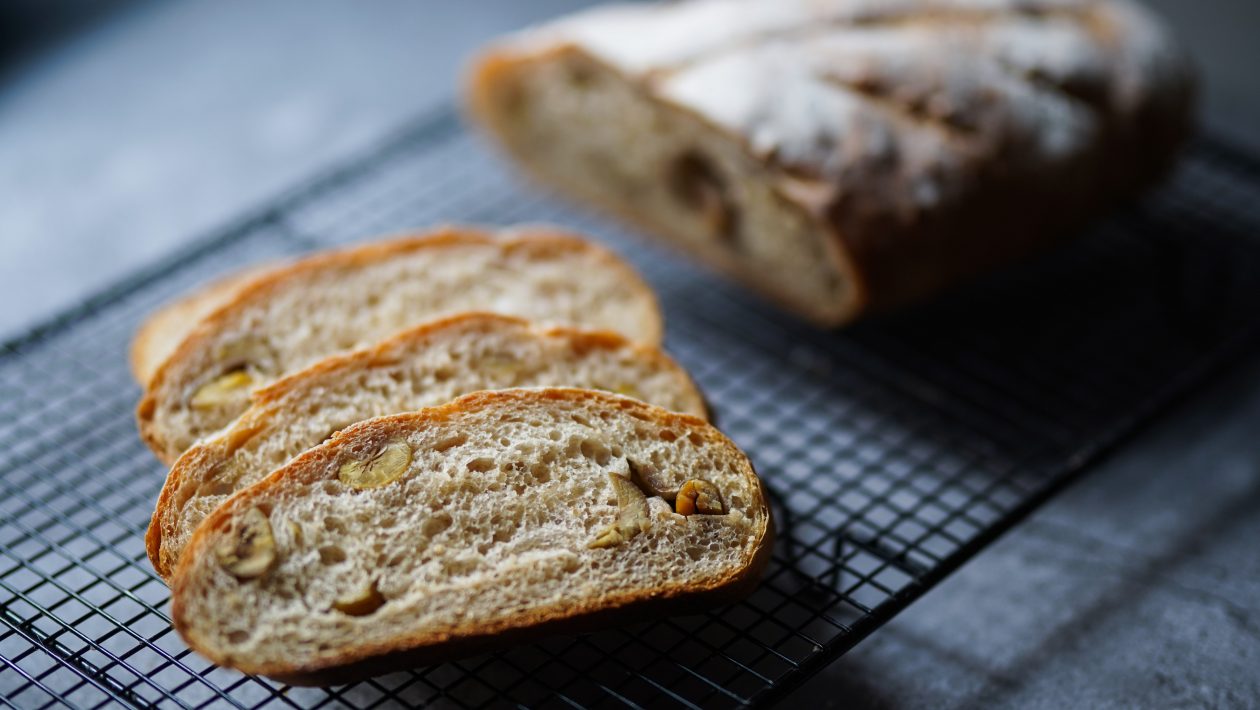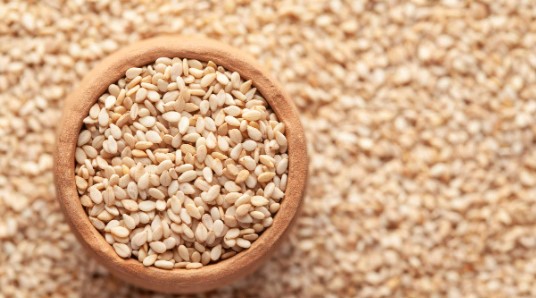As “low-carb,” “Paleo,” and “gluten-free” have continued to increase, bakers have had the marketing of bread. Therefore, terms like “stoneground” and “whole-wheat” have become so popular. While people know that whole-grain is healthier than white bread, there is far less information about whole-grain options or specific advantages. Provided below is a summary of bread types marketed as the healthiest bread: sourdough.
Whole-Wheat
Wheat consists of a germ, where the vitamins and minerals are, endosperm, where the protein and carbs are, and bran, the fiber source. Whole-grain flours come from grinding up wheat kernels; white flours are stripped of the germ and bran. While white flour gets hit with B vitamins, folic acid, and iron and makes up for some lost nutrients, it still lacks many healthy compounds like antioxidants and phytonutrients.
Whole-Wheat’s Hiccup
While the FDA requires anything “100% whole-grain” to have as much germ, endosperm, and bran as intact wheat grain, manufacturers play with this by reintegrating the germ and bran into white flour. This usually involves adding dough conditioner and flavorings, at the cost of nutrition.
Stone-Ground
This term only means the flour went through a stone meal at some time in the process. Note that the FDA does not oversee this phrase.
Sprouted Wheat
While this is technically the healthiest bread flour over “unsprouted” varieties, it is a minimal elevation. This variety has fewer carbs and more antioxidants and fiber.
Gluten-Free
This bread is only necessary for those with celiac disease. Some reports claim that non-celiac gluten sensitivity (NCGS) exists, but little evidence supports them. When people claim that gluten-free bread helps with weight loss, this is likely just a coincidence from better dieting in general.
Fermented/Yeasted Bread
Old-School Style
Yeast bread is just a mixture of flour, water, commercial yeast, and salt. Let the mixture rise and then bake.
Sourdough bread involves similar steps but involves a “sponge,” a starter of live yeast, bacteria, flour, and water. The bacteria and yeast settle on the starter and ferment, producing a delicious ecosystem and generating enough acidity to repel harmful bacteria and cause the “sour” in sourdough.
Health Concerns
While some state that a sourdough made with a wild starter is better than an average load, it is true that the process makes wheat’s nutrients easier to digest and with less simple sugars (meaning better blood sugar control). Sourdough fermentation can also be easier to digestion in people suffering from irritable bowel syndrome, and lengthily fermented batches can lead to significantly less bloating and gas than ordinary bread.
Probiotic
While some have touted sourdough bread as a source of gut-friendly bacteria, baking kills most of the bacteria. While even dead probiotic bacteria have some health features like being anti-inflammatory, live probiotics, like kombucha, are still the best outlet.
Additives and Shelf Stabilizers: Red Flags in Marketing
Everyone knows to avoid additives like dyes, hydrogenated oils, and corn syrup, but there are some bread-specific ingredients to recognize.
- Azodicarbonamide (ADA/ADC) is the “yoga mat” substance used to bleach and improve flour. When heated up, it creates one byproduct known to be carcinogenic and another that might be carcinogenic.
- Potassium bromate fluffs and tenderizes bread, is carcinogenic in animals, can hurt kidneys, and is only legal in Japan and the United States.
- Dextrose/Sucrose/”Evaporated cane juice” are all just added sugars used to give loaves a toasty brown coloring.
In Conclusion
Most front labeling is marketing. Look for small ingredient lists and consider buying from artisans or making your bread. Fermented bread can minimize blood sugar issues and abdominal concerns. Sprouted-grain bread offers more significant health benefits than ordinary whole-grain bread. Do not bother with gluten-free bread unless you know you have celiac disease or other sensitivities.





